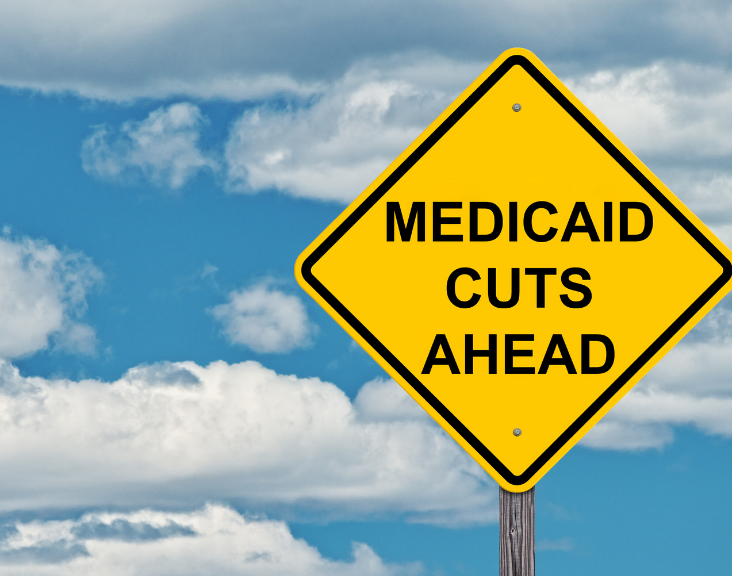Top of Mind

School lunches are getting a glow-up?
California just became the first U.S. state to phase out certain ultra-processed foods from school meals — and parents everywhere are taking notice.
Kids are walking into cafeterias that look the same — trays, pizza day, snack sides — but in one state, everything’s about to change. Under Assembly Bill 2316, introduced by Democratic Assemblymember Jesse Gabriel and signed by Gov. Gavin Newsom in October, schools must begin cutting ultra-processed items by 2029 and fully eliminate them from breakfast and lunch menus by 2035. Food vendors have until 2032 to comply.
The important bits
Here’s what we need to know:
What counts as “ultra-processed”? California is using the NOVA food classification system, developed by researchers in Brazil, to define these foods: ready-to-eat or heat products that are high in added sugar, salt, refined starches, and artificial additives — but low in real nutrients.
California lawmakers say the ban is about aligning school meals with evidence on diet-related disease and bringing them closer to the USDA’s School Meal Standards. Critics point out that no new funding was attached, meaning schools will need creativity (and likely more money) to make it work.
Why it matters for families: what your child eats at school isn’t just “whatever they’ll eat” — it’s a major part of their weekly intake.
The big picture: The move comes as global experts — including UNICEF — warn that ultra-processed foods are driving record rates of childhood obesity.
What's it all mean?
Incremental change matters. Policy shifts like this can ripple into what’s served on your child’s tray — and what you expect as a parent. So while “pizza day” may stay, how we define “healthy enough” at school is changing, and that’s good news for kids everywhere.
Did You Hear
😴 Your child may be sleeping less than you think
Research from Brown University shows many kids are logging less sleep than parents estimate — especially in certain populations. The gap between “in bed” and “asleep” is bigger than we think. What’s the big deal? Sleep isn’t downtime — it’s foundational for mood, learning, and growth. “They went to bed” doesn’t always mean “they slept.”
📌 Try this: Do a one-week family sleep audit: bedtime routines, screen time, wake-up consistency, and morning mood.
🧠 Over 80% of parents support stricter food rules
A recent KFF/Washington Post survey found 85% of parents want tighter regulations on dyes and additives in children’s foods — and 82% support limiting highly processed foods altogether. Whether parents identified as supporting the MAHA movement or not, highly processed foods and obesity were cited as “major threats” to children’s health. Read the full survey results here.
👶 Gentle Parenting Is So Millennial
A new survey of Gen Z parents of kids ages 0–6 found that only 38% use “gentle parenting” as their go-to style. Instead, they’re opting for a hybrid approach—mixing cycle-breaking (healing generational trauma), attachment parenting, and cause-and-effect techniques.
🚨 Federal children’s investment is falling
Budget cuts and workforce losses are reducing funding for children’s health and education nationwide — for the fourth year in a row. You can read the full brief here.
📵 Celebs struggle too
Even Kim Kardashian finds co-parenting a challenge.
Bites with Kiyah
Big changes are coming to your child’s lunch tray. The USDA just finalized its rule to bring school meals in line with the 2020-2025 Dietary Guidelines for Americans.
Here’s the short version:
Added sugars will be capped at 10% of weekly calories in school breakfasts and lunches by 2027-28.
Sodium levels will drop in phases over the next three years.
Whole grains stay, but there’s new flexibility for plant-based and local foods.
On paper, these may sound like minor tweaks. But in practice, they can change how millions of kids eat every day — and that matters. Ready for a deeper dive? Head here.
Here’s a Question
Would you support your state following California’s lead?
Last poll, we asked you which pregnancy myths you believed. Two topped the charts in a tie, with 30% of you reporting “Heartburn = baby with a lot of hair” and 30% believing in “The Full Moon Effect”.
Listen Up
What happens when food becomes both your biggest challenge and your greatest calling?
In this episode: Dr. Kiyah Duffey sits down with The Allergy Chef, Kathlena, whose 200+ food allergies inspired a mission to help families everywhere navigate restricted diets with confidence and joy.
Listen on Spotify | Apple Podcasts | YouTube
Recalls
ByHeart Whole Nutrition Infant Formula (Select Lots)
⚠️ Possible link to infant botulism — The FDA is investigating certain lots of ByHeart formula connected to a multistate outbreak. Check for Lot 206VABP/251261P2 or 206VABP/251131P2 (“Use by 01 Dec 2026”). If you have it, stop use immediately and dispose or return it.
👉 Full recall notice.
Inkari Plush Alpaca Toys
Eyes can detach, posing a choking hazard for kids under three. About 64,000 units affected.
👉 Recall info.
Vevor/Sanven Baby Swings
Incline angle violates infant sleep product standards — risk of suffocation. 1,000+ units sold.
👉 Recall details.
WYBITNY Bed Rails
Entrapment risk when used against mattress edges. 120 units affected.
👉 Recall notice.
What to do: Stop using any recalled products immediately, follow the manufacturer’s instructions for refund or disposal, and contact your pediatrician if you suspect any issues.




